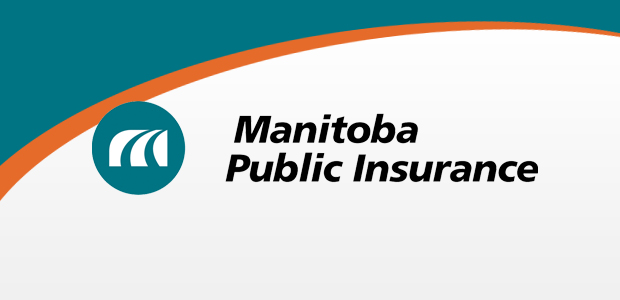Manitoba Public Insurance reported a net income of $61.3 million for the nine months of its fiscal year ending November 30, 2017 – an increase of $60.6 million over the same time period last year. This includes net income from the Basic insurance line of business of $11.1 million in the first nine months of the 2017/18 fiscal year.
“Historically, the first nine months of the Corporation’s fiscal year generate positive financial results, which are then offset by an increase in claims costs during the winter months,” said Mark Giesbrecht, vice-president of Finance and Chief Financial Officer, Manitoba Public Insurance.
“As such, the financial results for the remainder of the fiscal year will continue to be closely monitored and the Corporation remains committed to achieving its corporate goals and serving the best interests of our customers.”
Third Quarter Highlights
- Total earned revenues for the first nine months rose by $53.1 million from the same period last year, driven mainly by increases in motor vehicle premium revenue from more motor vehicles insured and the value of these vehicles.
- Revenues were also bolstered by an overall Basic insurance rate increase of 3.7 per cent approved by the Public Utilities Board (PUB) effective March 1, 2017.
- Total claims costs were $40.1 million higher than in the same nine-month period last year.
Manitobans continue to pay among the lowest auto insurance premiums in all of Canada. In December, the PUB approved an overall increase of 2.6 per cent in Basic insurance premiums for the 2018/19 insurance year.
In addition, the PUB approved changes to premiums charged under the Driver Safety Rating program to better align the premiums high-risk drivers pay to their actual claims costs, and to provide even greater incentive for dangerous drivers to improve their driving habits. This change is expected to increase driver premium revenue by $17.5 million.
In its ruling, the PUB also approved a maximum upper target of $325 million for the basic insurance rate stabilization reserve, which will assist the Corporation in mitigating the need for future premium increases to address unexpected variations in revenues, claims costs and ongoing volatility of the financial markets, which affects forecasted investment revenues.




